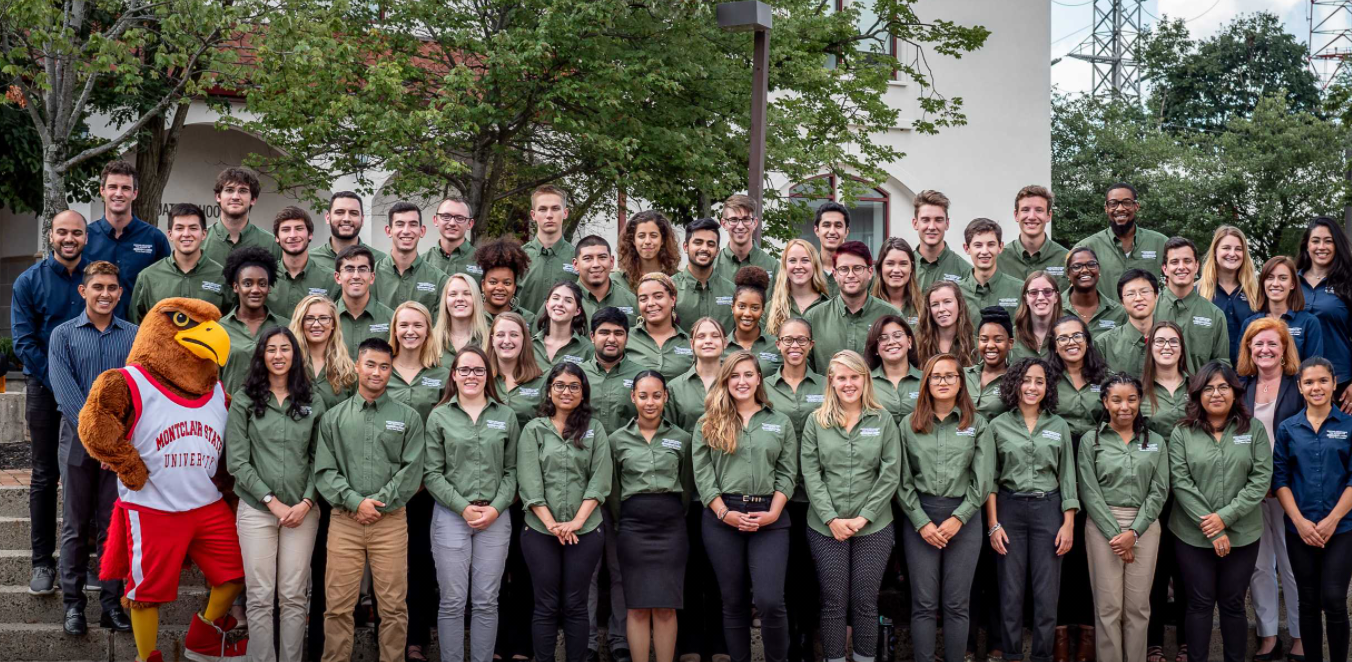Title
Impacts of Atmospheric Deposition on New Jersey Pine Barrens Forest Soils and Communities of Ectomycorrhizae
Document Type
Article
Publication Date
11-1-2004
Abstract
A gradient of increasing N deposition was identified in a southwestern to northeastern transect through the New Jersey pine barrens. The effect of this change in N deposition rate on soil chemistry and ectomycorrhizal morphotype community of pitch pine was studied by sampling from the field under mature pine trees, by planting bait seedlings into the field and in a greenhouse study where seedlings were given differential rates of N applications (0, 35, 140 kg ha -1 equivalent). The field transect showed a significant but small increase in N deposition from 0.35 to 0.72 kg N ha -1 (during the ca. 6 months of the study) equating to 7.84 ± 0.50 kg ha -1 year -1 at the northernmost site, 5.31 ± 0.70 at the middle and 3.66 ± 0.61 kg ha -1 year -1 N at the southwestern most site. Along this transect the ectomycorrhizal morphotype abundance and richness declined significantly under pitch pine. The decline in richness was significantly correlated with the N deposition rate. Bait pitch pine seedlings planted into one of the field sites and fertilized with increasing levels of N showed a reduction in ectomycorrhizal morphotype richness with increased N addition. In a greenhouse study, pine seedling biomass was inversely related to N addition. Nitrogen content of plants increased with increasing N supply, but P content of plants decreased, suggesting that P is a limiting nutrient in this ecosystem. Extractable N from the upper soil horizons increased in cores to which tree seedlings had been added as N addition increased. This indicates an approach to a critical loading of N for these oligotrophic soils, where N supply exceeds seedling N demand. In treeless cores N supply appears to exceed microbial immobilization potential even when no exogenous N is applied. As N supply to greenhouse seedlings increased, ectomycorrhizal morphotype richness declined. By combining data from the field and greenhouse studies, specific ectomycorrhizal morphotype groups were identified by their response to added N. Cortinarius- and Lactarius-like morphotypes were restricted to low levels of N availability. Suilloid- and Ascomycete-like morphotypes were more abundant as soil N availability increases, whereas Russula-like types showed an inverse relationship to N availability. We discuss the results from these oligotrophic sandy soils in comparison with European data derived from richer soils, where mycorrhizal fungal community responses appear to occur only at much higher levels of exogenous N. We attribute these differences to the evolved adaptations of pitch pine and their symbionts to growth in highly oligotrophic environments.
MSU Digital Commons Citation
Dighton, John; Tuininga, Amy; Gray, Dennis M.; Huskins, Rebecca E.; and Belton, Thomas, "Impacts of Atmospheric Deposition on New Jersey Pine Barrens Forest Soils and Communities of Ectomycorrhizae" (2004). Presentations and Proceedings. 7.
https://digitalcommons.montclair.edu/pseg-institute_present/7


